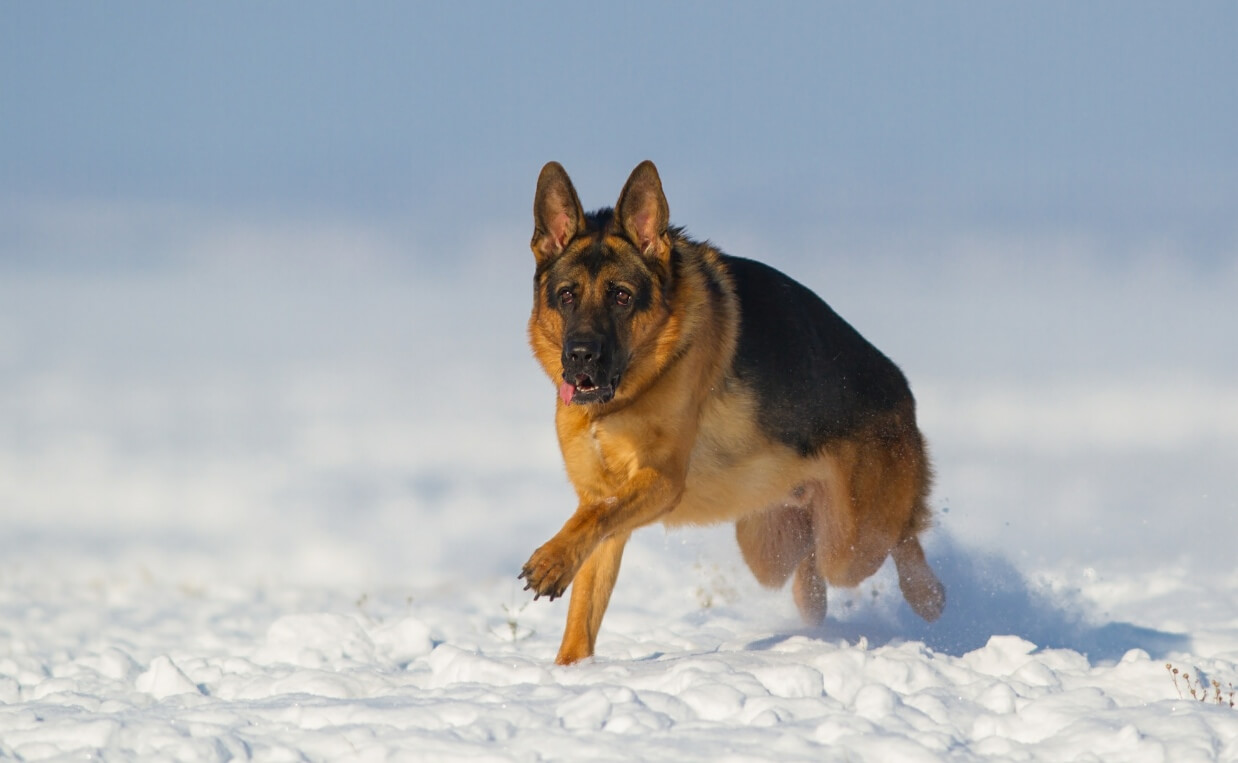
How much exercise does a dog need every day, and what are some signs a dog may need more exercise?
Most dogs love going for walks. The mere thought of going for a w-a-l-k will make most dogs crazy, wagging their tail, looking for the leash and jumping up and down.
Dog parents of course want their dogs to live long, happy lives. Healthy food, staying up-to-date on vaccinations, annual check-ups at the vet, training, and the right amount of exercise are essential ingredients of a happy life for your dog. However, how much exercise is needed for your dog?
Keep reading to find out how much exercise your dog needs.
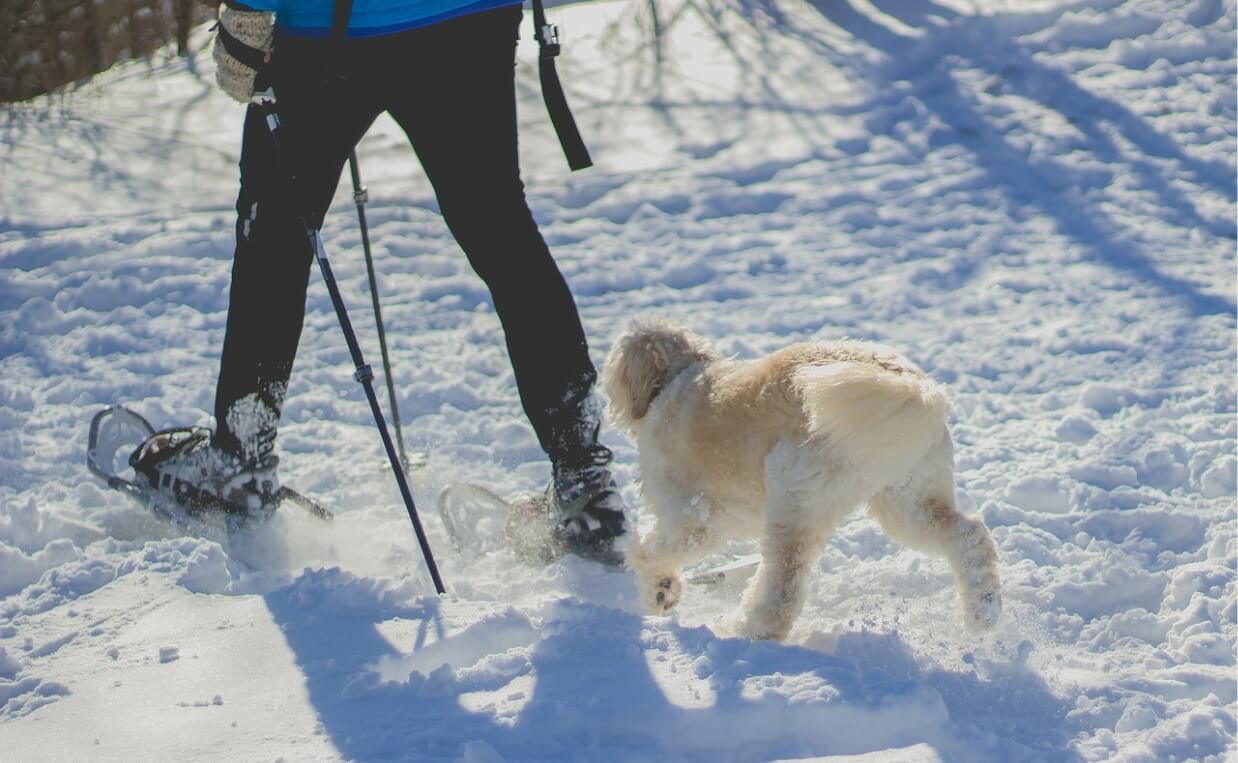
Determine How Much Exercise Your Dog Needs
Making sure your dog gets enough exercise is your responsibility as a dog parent. Some dogs have a higher daily requirement than others. As a general rule of thumb, dogs need between 30 minutes and 2 hours of activity every day. This is a pretty broad scale, with several factors to consider when it comes to determining the level of exercise your dog needs.
A one-size-fits-all approach to exercise doesn’t apply to all dogs. Every dog is unique. Determining how much exercise your dog needs depends on your dog’s:
- Age
- Breed
- Size
- Energy level
- Health
Age as a Factor for How Much Exercise Your Dog Needs
Age is an important factor when it comes to how much exercise your dog need. From puppyhood to adulthood, dog exercise and activity levels change over time with age.
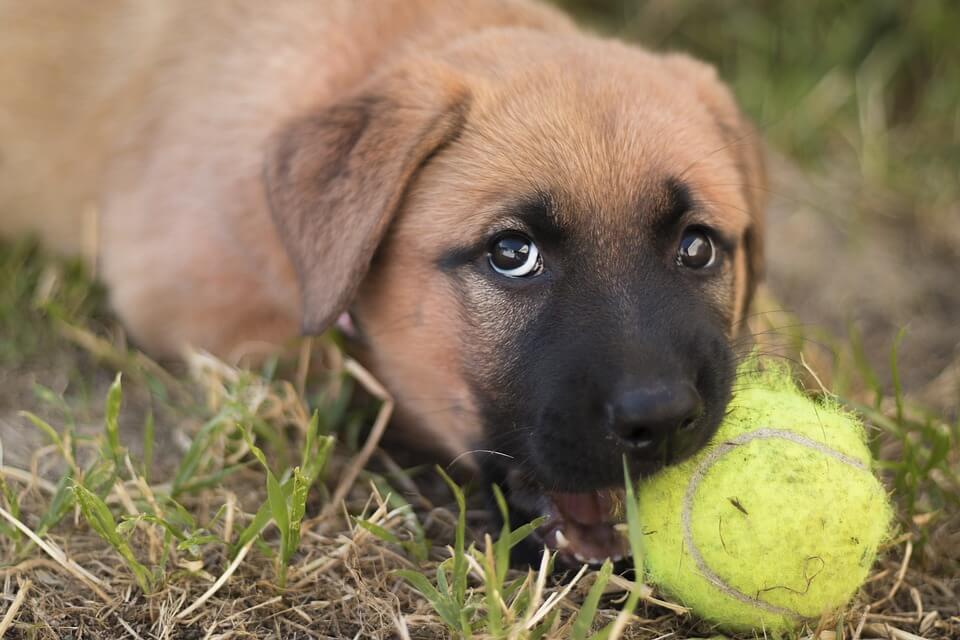
How Much Exercise Do Puppies Need?
As puppies are growing and developing at a rapid rate, it’s vital for them to get enough outdoor playtime. At the same time, they have a great deal of energy. Take it slowly when it comes to walking and more strenuous exercise. You need to avoid over-exercising while puppies’ bones are still growing.
Puppies should be puppies. They should play when they want, and rest when they want. Play, running and tumbling are all important puppy activities to help strengthen supporting muscles, tendons, ligaments, and to help the develop balance and agility.
“A good rule of thumb is a ratio of five minutes per month of age (up to twice a day) until the puppy is full grown.” (U.K. Kennel Club)
Let your puppy walk, run and play – and save the strenuous hikes, and jumping activities for when they’re a bit older.
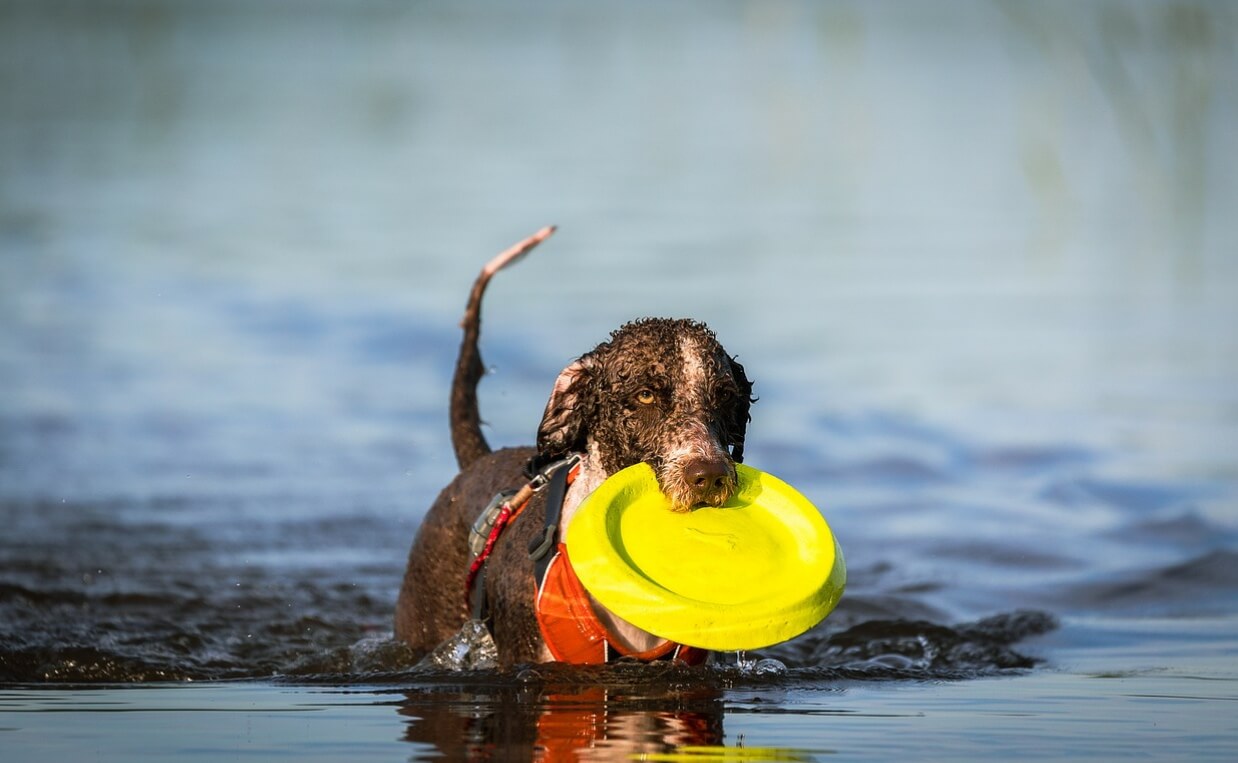
How Much Exercise Do Adult Dogs Need?
Adult dogs can perform a larger variety of activities than puppies and seniors, so mix things up and have fun. In general, adult dogs need a minimum of 30 minutes per day, but this depends on breed, size and lifestyle.
Breed and Size as Factors for How Much Exercise Your Adult Dog Needs
Your dog’s breed strongly influences the level of physical activity your dog needs.
-
Less active breeds
Less active dog breeds should get 30 to 60 minutes per day. This can be as simple as leisurely walks and outdoor playtime. Dogs breeds who tend to need less activity include:
- Basset hound
- Cavalier King Charles spaniel
- Chihuahua
- Daschund
- Italian greyhound
- Japanese chin
- Shih tzu
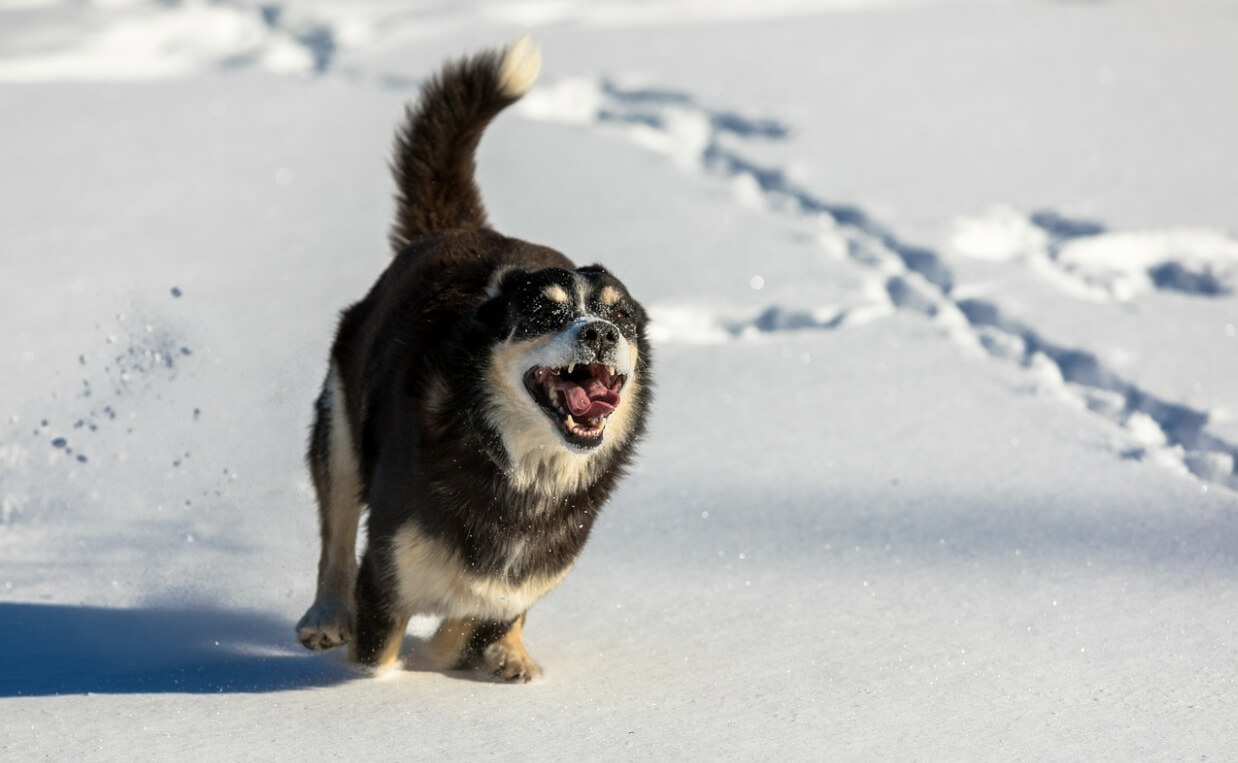
-
Flat-faced breeds
Flat-faced breeds, also known as brachycephalic, have a lower tolerance for exercise due to their breathing constraints. In general, these dogs need 20-30 minutes of exercise, depending on their size.
Extreme caution should be taken with these breeds in hot weather. Even 10 minutes in the hot sun can be more than they can handle because they often cannot breathe well enough for adequate heat exchange. If you’re worried your dog is overheated, check out these tips to help cool them down.
Brachycephalic breeds include:
- English and French bulldog
- Boston terrier
- Boxer
- Pug
- Shih tzu
- Lhasa apso
- Pekingese
-
Toy and small breeds
These little dogs can’t sustain as much exercise as larger breeds. They need smaller amounts of exercise throughout the day, with the exception of poodles. Even toy and miniature poodles are an energetic breed and need more exercise than most other small breed dogs.
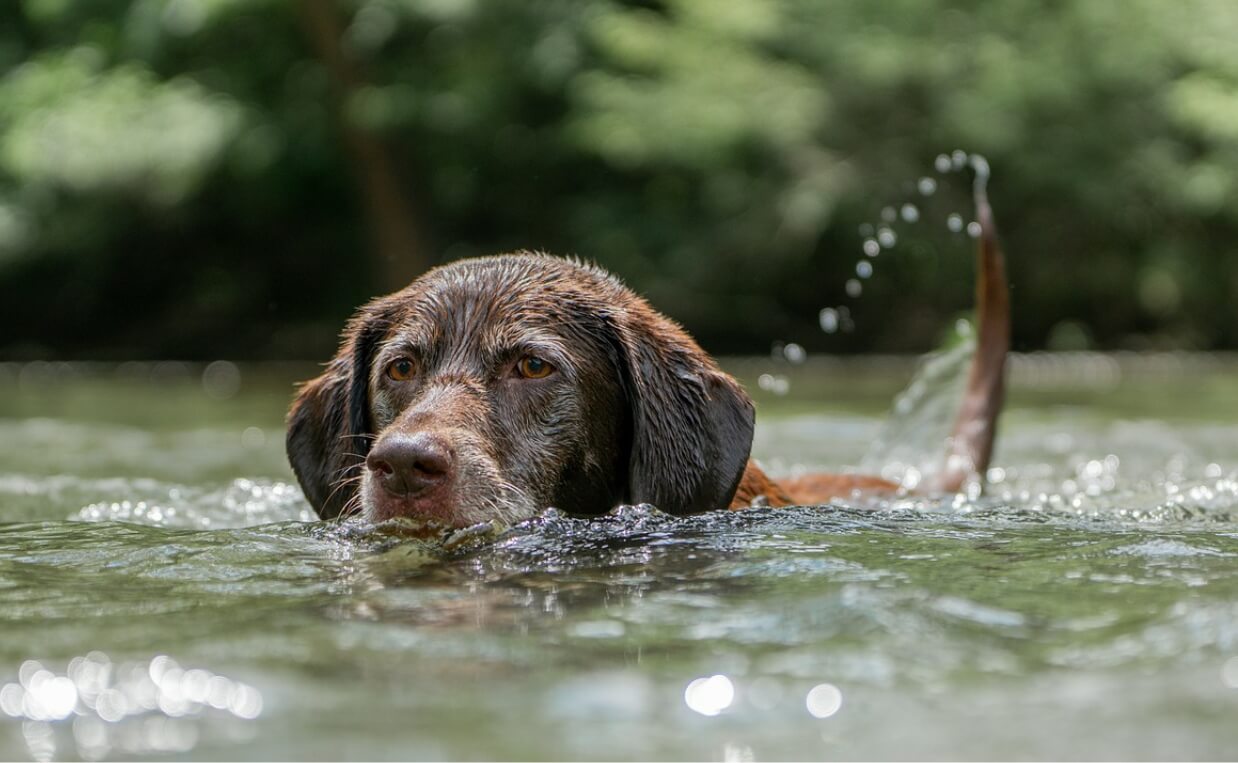
-
Giant breeds
The largest of the large breed dogs need exercise but are prone to joint and hip issues. Try moderate walks and exercises that won’t put continual strain on their legs. If your dog enjoys swimming, consider this low impact exercise for your dog. You’ll want to equip your dog with a life jacket to ensure they can stay afloat while paddling.
Giant breeds include:
- Anatolian shepherd
- Bernese mountain dog
- Black Russian terrier
- Bullmastiff
- Dogue de Bordeaux
- Cane Corso
- Great Dane
- Great Pyrenees
- Irish wolfhound
- Kuvasz
- Leonberger
- Mastiff
- Neapolitan mastiff
- Newfoundland
- Saint Bernard
- Scottish deerhound
- Tibetan mastiff
-
High energy dogs
What tires out a little Pomeranian will barely warm up a Border collie. High energy breeds need vigorous physical and mental exercise, typically 60 to 90 minutes every day, and some dogs need even more.
High energy breeds include:
- Sporting breeds: terriers, retrievers, pointers, setters, flushers, water dogs, beagles, bloodhounds, coonhounds and spaniels. These dogs were bred for intense activity. Try taking them for a run, hike or swim.
- Herding breeds: collies, shepherds and sheepdogs. These breeds are incredibly intelligent and get bored easily. They need lots of intense exercise as well as games with mental stimulation.
- Working breeds: huskies, Samoyeds, Alaska malamutes, Doberman pinschers, rottweilers, schnauzers, Komondors, greater Swiss mountain dog, Portuguese water dogs, akitas.
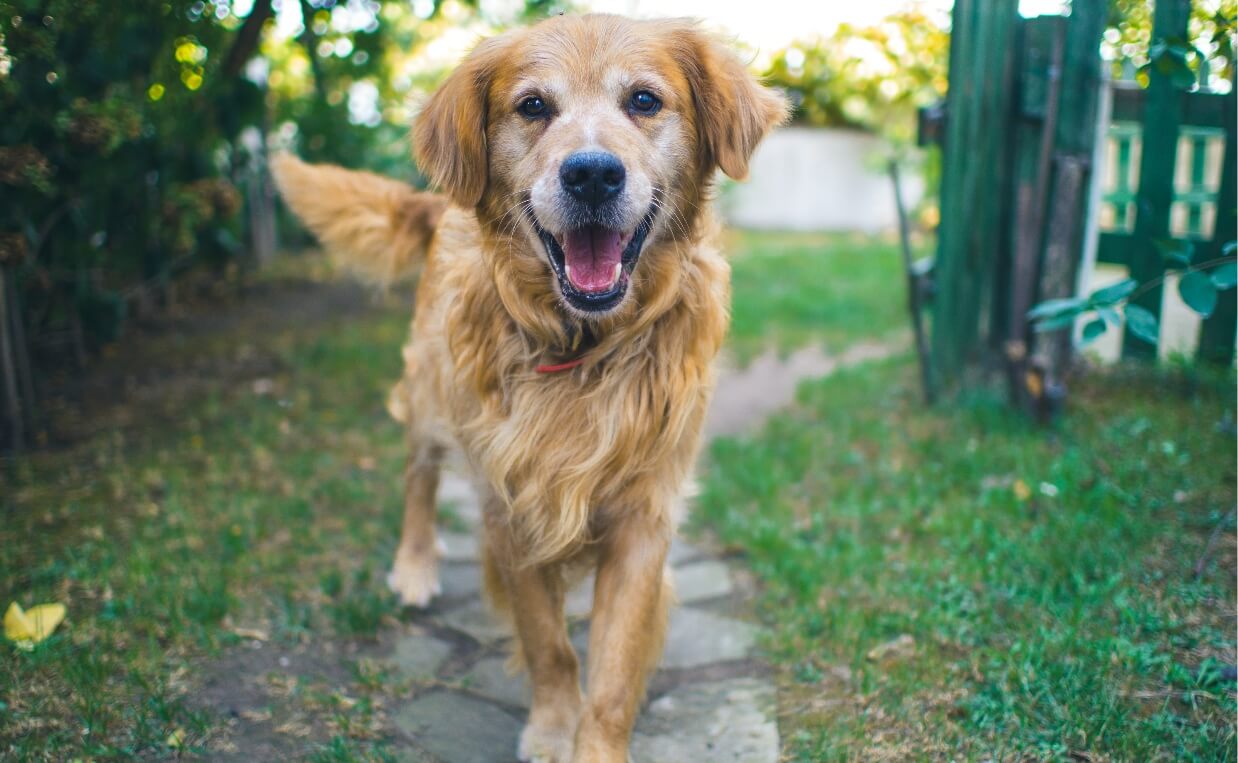
How Much Exercise Do Senior Dogs Need?
The physical and mental health of senior dogs and dogs with medical conditions can be forgotten if their mobility is compromised. Set your senior dog up for success by giving them consistent exercise throughout their life so they’ll stay as healthy as possible as they age.
Even if your dog is a senior, or has a medical condition, you’ll still want to give them exercise. Try breaking exercise up into shorter sessions more frequently.
Try lower impact activities like walks, not runs. If you have access to a pool, take them for a swim. It’s a great activity that’s lower on their older joints.
Be sure to help your dog stay trim and not become overweight. Being at a healthy weight will help reduce as much physical strain as possible.
Consider physical therapy for your dog. Just like humans, physical therapy can help relieve pain and discomfort. Water therapy, massage therapy, heat therapy and cold therapy are just some of the types available to help aging dogs.
How to Exercise Your Dog If You Have a Busy Schedule
Many of us have busy schedules, but that doesn’t mean we should let our furry family members’ exercise needs fall by the wayside. If you’re pressed for time, bring your dog to Canine Campus! Perhaps one of the most efficient way to make sure your dog receives exercise during the week is to drop him or her off at daycare. Here they’ll have supervised play time with other canine and human friends!
How do you ensure your dog receives the exercise they need? Please share your comments below…

 9 Common Eye Issues in Dogs
9 Common Eye Issues in Dogs How to Choose the Best Dog Bed for Your Dog
How to Choose the Best Dog Bed for Your Dog Why Routine Dog Dental Care Includes Vaccinations
Why Routine Dog Dental Care Includes Vaccinations What Can a Dog DNA Test Tell You About Your Dog?
What Can a Dog DNA Test Tell You About Your Dog? Understanding Lymphoma in Dogs: Symptoms, Diagnosis, and Treatment
Understanding Lymphoma in Dogs: Symptoms, Diagnosis, and Treatment






Hello , i have a Lhasa Apso breed. when i try to ran him, he gets tired very quickly just in a minute and not shows any interest in exercise. Just after a minute he goes to drink water again and again. so can you please tell me that should he have to do exercise or not.
I’m glad to hear you are respecting your dog’s needs by not forcing him to exercise when he isn’t showing any interest. You don’t say how old your dog is, but most dogs can exercise more than a minute. I would suggest you take your dog in to a veterinarian for a check up to make sure there isn’t an underlying issue. Thanks for stopping by the Canine Campus blog!